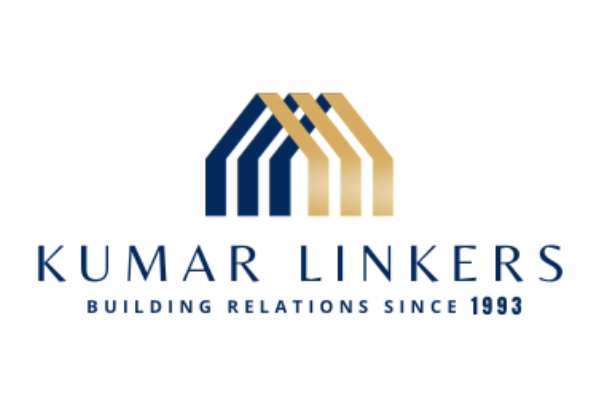Introduction:
Real estate investment, like any other asset class, is deeply influenced by economic factors and market cycles. Understanding these dynamics is crucial for investors seeking to navigate the complexities of the real estate market and make informed investment decisions. In this blog, we’ll explore the impact of economic factors on real estate investment and delve into the intricacies of market cycles, shedding light on how they shape investment opportunities.
Economic Factors Driving Real Estate Investment:
Interest Rates: Fluctuations in interest rates have a significant impact on real estate investment. Lower interest rates stimulate demand for property purchases and borrowing, leading to increased property values and investment activity. Conversely, higher interest rates can dampen demand and lead to decreased property values.
Economic Growth: Economic indicators such as GDP growth, employment rates, and consumer confidence directly influence real estate markets. Strong economic growth typically correlates with increased demand for commercial space, residential properties, and investment opportunities.
Demographics: Population growth, migration patterns, and demographic trends play a vital role in shaping real estate demand and investment prospects. Factors such as urbanization, aging populations, and household formation impact property demand and development trends.
Supply and Demand Dynamics: The balance between supply and demand is a critical driver of real estate values and investment returns. Markets with limited supply and high demand tend to experience upward pressure on prices, while oversupplied markets may face downward price trends.
Understanding Market Cycles:
Expansion Phase: During the expansion phase, economic growth is robust, leading to increased demand for real estate. Property values rise, vacancy rates decline, and rental income grows. Investors capitalize on opportunities for capital appreciation and income generation.
Peak Phase: The peak phase marks the culmination of the expansion cycle, characterized by high property prices, excessive speculation, and market exuberance. Demand begins to plateau, leading to a slowdown in investment activity and potential oversupply in certain segments.
Contraction Phase: During the contraction phase, economic indicators weaken, leading to a decline in real estate demand and investment activity. Property values may stagnate or decline, vacancy rates rise, and rental income may decrease. Investors focus on risk mitigation and preserving capital.
Trough Phase: The trough phase represents the bottom of the market cycle, where real estate values reach their lowest point. Investor sentiment is pessimistic, but savvy investors identify opportunities for value investing and asset accumulation at discounted prices.
Closing Remarks:
The impact of economic factors on real estate investment is profound, shaping market dynamics and investment opportunities across different phases of the market cycle. By understanding these factors and recognizing the stages of market cycles, investors can strategically position themselves to capitalize on opportunities, mitigate risks, and achieve long-term success in real estate investment. As the economic landscape evolves, staying informed and adaptable is key to navigating the ever-changing real estate market with confidence.

